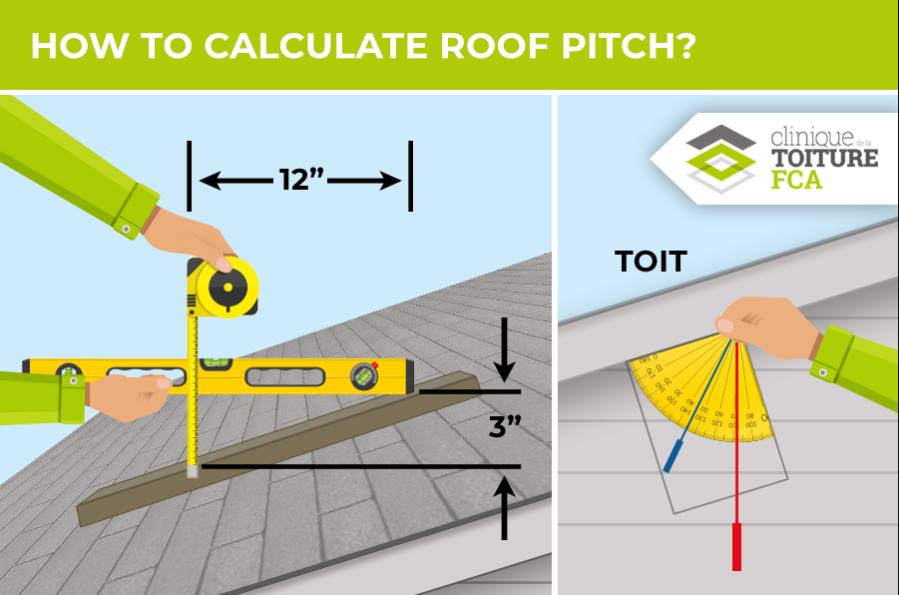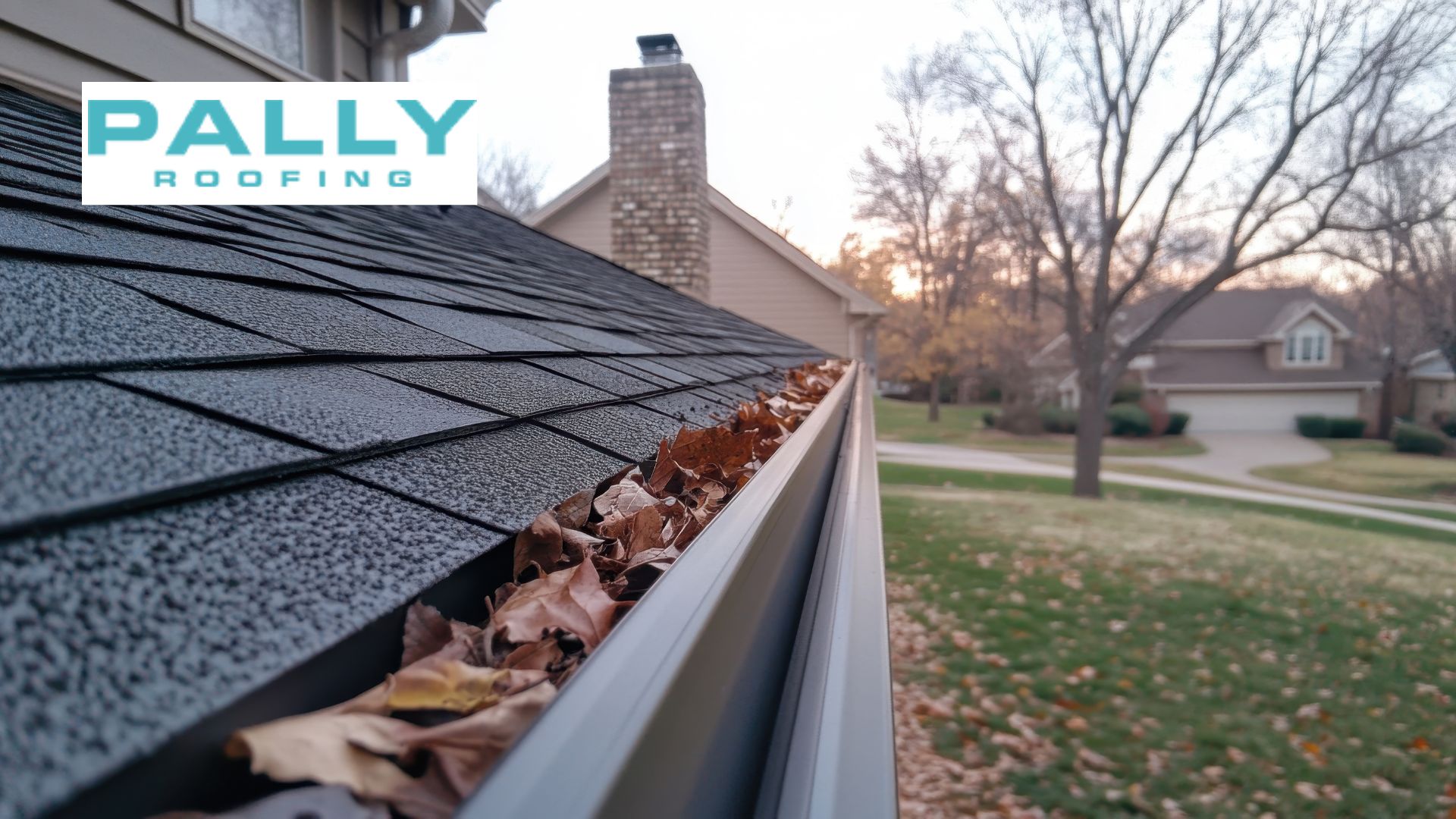Last updated on November 29th, 2024 at 03:49 am
Measuring your roof accurately is crucial for homeowners. It helps you avoid costly mistakes when ordering roofing materials. If you take incorrect measurements, you might order too many or too few shingles, which can lead to extra expenses and delays. Proper roof shingle coverage ensures you have the right materials, considering the roof’s pitch and waste factors. Are you interested in the benefits of shingle roofing? Learn why asphalt shingles are a popular choice for many homeowners.
Table of Contents
With over 15 years of experience, Pally Roofing offers trusted professional roof inspection, accurate measurements, and expert installations in Ohio. Accurate measurements are crucial for successfully replacing or installing a new roof. Do you want to know more about roof shingle colors and how to select the perfect color for your home’s style?
Step-by-Step Guide: How to Measure a Roof for Shingles
Measuring your roof accurately is very important to determine how many shingles you need for your roofing project. Follow this simple step-by-step guide to get the right calculations:
Step 1: Gather Tools and Safety Gear
- Essentials: You will need a tape measure, ladder, safety harness, calculator, and notebook.
- Safety First: Make sure your ladder is stable. Always wear a safety harness when you work at heights.
Step 2: Measure Roof Dimensions

Source: eagleview
- Measure the length and width of each roof section.
- To calculate the square footage of a roof, use the following formula:
Area = Length × Width
First, measure the total roof area to determine how many shingles you need.
Step 3: Calculate the Roof Pitch

Source: cliniquedelatoiturefca
Definition: Roof pitch is the angle of a roof’s slope.
- Importance: Knowing the pitch of a roof is important for figuring out how much material you need.
- Formula:
Pitch = Rise ÷ Run
A roof pitch calculator or tool can help achieve more accurate results.
How can I calculate the shingles needed for my roof?
You can use a roof shingle calculator to determine how many roofing squares you need; first, calculate your total square footage. Then, divide that number by 100. This will give you the number of squares required for your roofing project.
Step 4: Factor in Roof Waste
Roofing projects create waste from cuttings, overlaps, and shapes like gables and hips.
- Add 10% to 15% to the square footage to ensure you have enough materials.
- A roof waste calculator can help you make this adjustment.
Step 5: Convert the Area to Roofing Squares
Roofing materials are measured in roofing squares, with 1 square equaling 100 sq. ft.
- Formula:
Number of Squares = Total Square Footage ÷ 100
This tells you how many squares of shingles you need for your roofing project.
How many shingles in a bundle? Learn more about bundle sizes for efficient roofing material calculations.
How Do I Measure A Roof For Shingles?
To measure your roof for shingles, first gather the tools you need. Then, measure the length and width of each section, and use a roof square footage calculator by address to determine the total area and materials required.
Challenges of DIY Roof Measurement
Measuring your roof yourself may seem easy, but it can be challenging.
- Inaccuracies: Mistakes in calculating pitch, area, or waste factors can lead to running out of materials or having too much.
- Underestimating Waste: If you don’t consider waste, you might run out of shingles while working on your project.
- Safety Risks: Measuring a steep or complex roof can be dangerous if you don’t have the proper tools.
For more complex tasks, such as estimating shingles for a roof or measuring a hip roof, hire professionals. This will help ensure the measurements are accurate and the process is safe.
When to Call a Professional
Consider getting professional help if:
- The roof design is complicated. It has many gables and steep slopes.
- It would be best to have a roof square footage calculator by address or through an online roof measurement tool.
- Large-scale projects need accurate cost estimates to avoid costly mistakes.
Pally Roofing offers reliable roof replacement and professional inspection services in Ohio. Our expertise ensures precise measurements and high-quality results. This leads to a smooth roofing project.
How Do Overhangs Affect The Total Square Footage Of My Roof?
Roof overhangs extend beyond your home’s exterior walls. They protect your home from rain, snow, and wind. However, overhangs also increase the total roof area, which affects the amount of roofing material you need. It is important to consider how overhangs influence your roof measurements and include them in your material estimates.
1. Definition of Overhangs
Overhangs are parts of the roof that stick out beyond the walls of a building, usually at the eaves. They help protect the siding and foundation from water damage. Additionally, overhangs create extra space that you must include when calculating the amount of roofing materials needed.
2. How to Calculate Overhang Area

Source: archup
When you measure your roof, include the overhang by adjusting the base dimensions.
Example:
- Base Roof Size: 30 ft × 40 ft
- Overhang: 1 ft on all sides
Step-by-Step Calculation:
- New Length: 30 ft + (2 × 1 ft) = 32 ft
- New Width: 40 ft + (2 × 1 ft) = 42 ft
- Total Area: 32 ft × 42 ft = 1,344 sq. ft.
Adding the overhang increases the roof area by 144 sq. ft. compared to the original 1,200 sq. ft.
3. Importance for Material Estimates
Make sure to account for overhangs when buying shingles. This will help you buy enough materials and avoid running short during the project. If you forget to include them, you may not get enough shingles, leading to delays and extra costs.
4. Complex Roof Structures
When measuring a roof with different sections or complex features like dormers, valleys, or gables, measure each overhang separately. These details complicate the roof, so accurate measurements are crucial for good estimates.
Don’t forget about overhangs when calculating the total size of your roof. Including them in your measurements helps you get the right materials, prevents shortages, and keeps your roofing project on track. Taking the time to prepare properly leads to an easier installation and a stronger roof.
Conclusion
Accurate roof measurements are crucial for any roofing project. Mistakes in measuring shingle coverage can waste both time and money. Whether installing a new asphalt shingle roof or replacing your existing one, each class has its advantages, making it important to assess your specific needs carefully. If you need more help, our experts at Pally Roofing Services are ready to assist you.
Are you thinking of refreshing your old shingles roof? Find out if can roof shingles be painted to give your roof a new look.
Are you ready to replace your shingles accurately? Contact Pally Roofing today for a free roof measuring tool consultation and an accurate, personalized quote. Are you concerned about shingling in the rain? Check out our guide on managing roofing projects in challenging weather conditions.
Frequently Asked Questions
How Do I Measure A Roof For Shingles For A New Roof Installation?
For a new roof installation, measure the length and width of each roof section and factor in the pitch using a roof pitch calculator. Use this information in a roof square footage measurement tool to calculate the shingles needed.
How Do I Figure Out How Many Shingles You Need?
To figure out how many shingles you need, calculate the roof square footage and then convert the total area into roofing squares using a shingle roofing coverage estimator.
What Is The Best Tool To Measure My Roof For Shingles?
The best tool to measure your roof for shingles is a roof measuring tool or an online Google roof measure tool. These tools allow you to estimate your roof size quickly and accurately before ordering shingles.
Author
-

With more than 16 years of hands-on experience, Phillip Schmucker is the knowledgeable owner of Pally Roofing. His dedication to superior roofing services has earned him a reputable place in the industry. Phillip also shares his extensive expertise through writing, providing readers with practical tips and professional advice on various roofing topics. Follow him on LinkedIn.
View all posts






